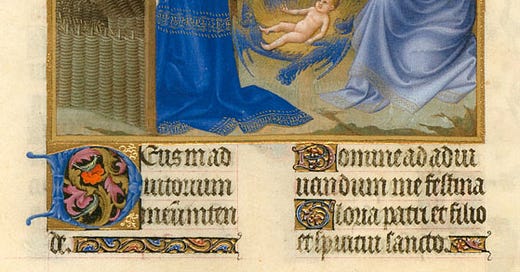Dear bookish friend,
Welcome to part II of my deep dive into Nativity iconography. I last discussed changing iconography of Mary. (Also, fun bonus, Christianity Today just did a piece on themes in Nativity iconography too, including some things I don’t cover here!) Today’s question: Why do all nativities so prominently feature an ox and an ass? Even the most minimal nativity scenes include them as prominently as Joseph and Mary.
Here’s something cool: one of the earliest portrayals of the Nativity, found in Milan on a sarcophagus all the way back from the late third or early fourth century, features that very same donkey and ox by the manger—sans Mary and Joseph! In fact, in the earliest representations of the Nativity, Mary and Joseph are not typically present at the manger, or are standing to the side with animals closer.
Keep reading with a 7-day free trial
Subscribe to Medievalish with Grace Hamman to keep reading this post and get 7 days of free access to the full post archives.



